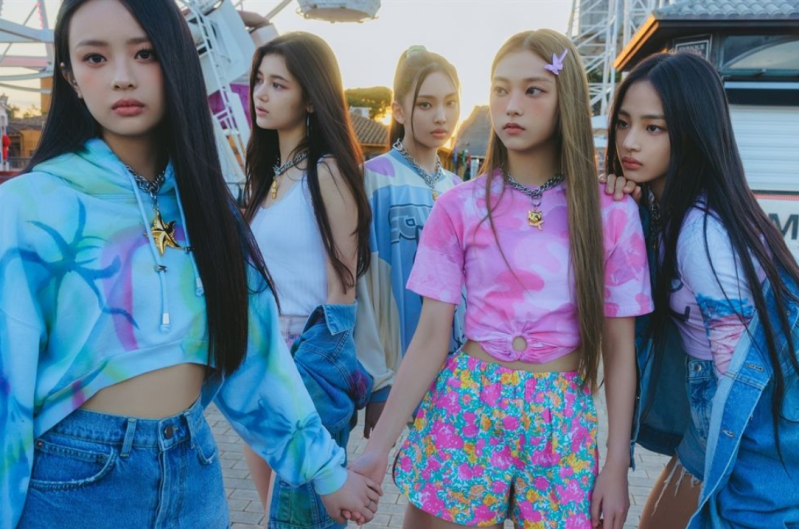
Seoul’s unique culture offers a marketing masterclass
Eb Yusuf, general manager of strategy, culture and insights at Yango has been captivated by Korean culture for years. What started as a casual interest quickly deepened into an appreciation for the meticulous attention to detail and a subversive edge that underpins so much of Korean pop culture. There’s a lot for Australian marketers to learn.

Eb Yusuf - author
A closed loop of culture
My most recent holiday in Seoul confirmed what I had long suspected: South Korea is a cultural and economic powerhouse, a self-sufficient ecosystem that offers a fascinating case study for marketers and advertisers.
It’s a country that runs on its own terms, from the incredible quality of its Hanwoo beef and the seasonal obsession with Jeju’s “apple-mangoes” to its homegrown tech giants like Samsung and Kakao. Forget Google Maps; in Seoul, you’re navigating with Naver Maps.
This self-reliance extends to its celebrity culture. While global luxury brands have a presence, you’ll rarely see a Hollywood star fronting a major campaign. Instead, K-celebrities are the ultimate brand ambassadors, their faces gracing everything from high fashion to banking. This cultural self-sufficiency is no accident; it’s actively reinforced by a government that invests significantly in the entertainment industry as a key driver of economic growth. It’s a closed loop of cultural production and consumption and, as I joked to my husband, the rest of the world could collapse, and South Korea might barely notice.
Enjoying Mumbrella? Sign up for our free daily newsletter.
South Korean broadcast TV: An advertiser’s dream
This unique media landscape offers a treasure trove of lessons for Australian brands. Take broadcast television, for example. In a world where linear TV is supposedly on its last legs, South Korea boasts a thriving broadcast culture.
High-quality K-dramas drop weekly with appointment viewing that has the nation hooked. Live music programs are a staple, drawing massive audiences as idols perform their latest hits. Interactive elements like live voting motivate young fans to tune in to see if their favourite group will take home the weekly win.
For advertisers, it’s a dream scenario. The ads are an event in themselves, leveraging local talent in fun, engaging ways that feel more like entertainment than interruption. Consider the tongue-in-cheek campaign for Jin Ramen featuring BTS’s Jin; a commercial that would feel perfectly at home during an ad break for your favourite romance drama.
An urban canvas: The art and ambition of Korean out-of-home
Out-of-home advertising is equally impressive. Seoul has made a concerted effort to create a visually stunning urban environment, and its OOH sites are a testament to this. Premium, large-format digital screens are everywhere, and clients are constantly pushing the creative boundaries.
The 3D debut of the girl group NewJeans at COEX Mall was a viral sensation, a truly immersive experience that stopped people in their tracks. Even the train system is a canvas for creativity, with in-carriage video screens showcasing everything from the latest K-beauty technology, to trailers for the next big drama. The content is so captivating, you might forget to look at your phone at all.
The new cultural capital: why the creative world is flocking to Seoul
Beyond the media, Seoul has established itself as a vibrant arts and culture hub. International artists, designers, and film studios are flocking to the city, making it a key stop on the global press circuit. But it’s the local creators who are truly shaping the cultural landscape. Take the recent launch of Gentle Monster’s Haus Nowhere, a breathtaking 14 storey space that is part art gallery, part retail experience. Its launch attracted a constellation of global and local celebrities, fronted by campaign star Tilda Swinton.
These innovative concepts thrive in a symbiotic relationship with the city’s voracious local media, where outlets like Daily Fashion News and Dispatch Style generate huge hype for every major pop-up and event. A week back on home soil, and the FOMO is hitting its peak during the post-school-run Instagram scroll.
A blueprint for cultural connection
It all culminates in a media and cultural ecosystem that feels particularly connected to youth culture. It’s a relevance that Australian mainstream media once had, and one that we should be striving to recapture. There’s a huge opportunity for brands to play a role in this, to invest in local talent and create experiences that are not just about selling a product, but about contributing to the cultural conversation. The K-wave has shown us the power of a self-assured, creative, and culturally attuned media landscape. The question is, are we ready to create our own?



